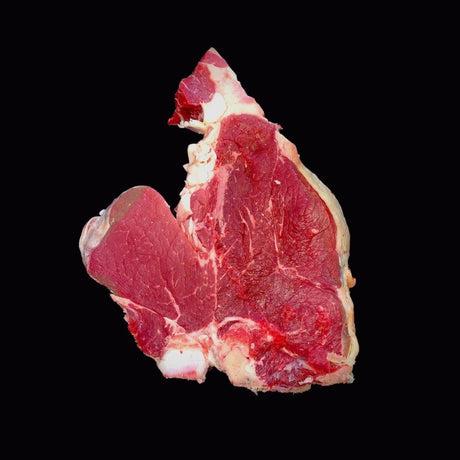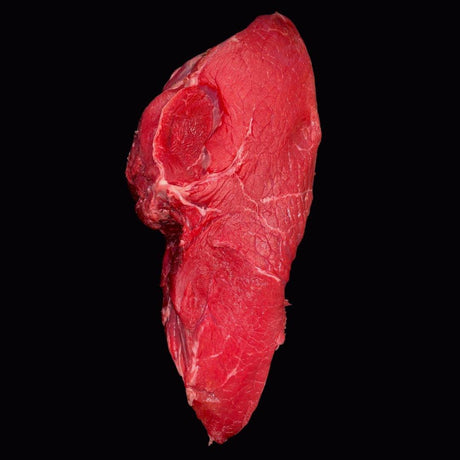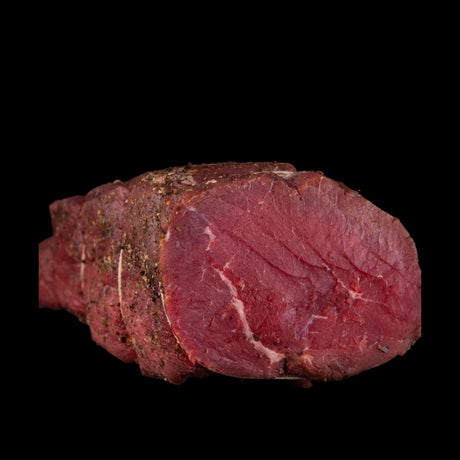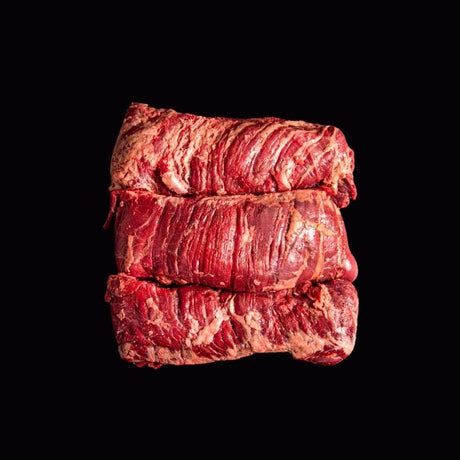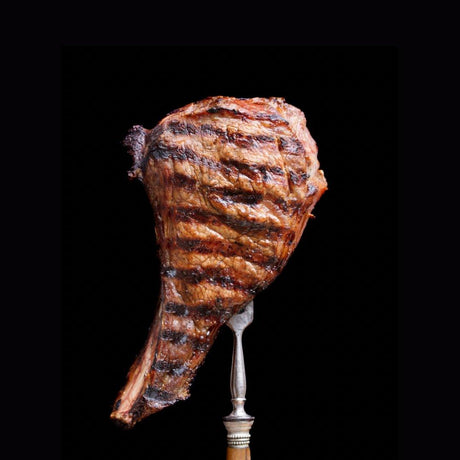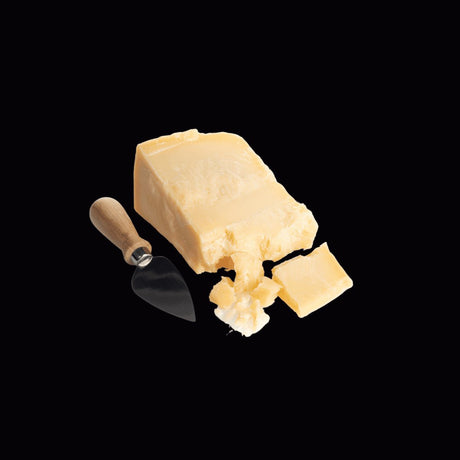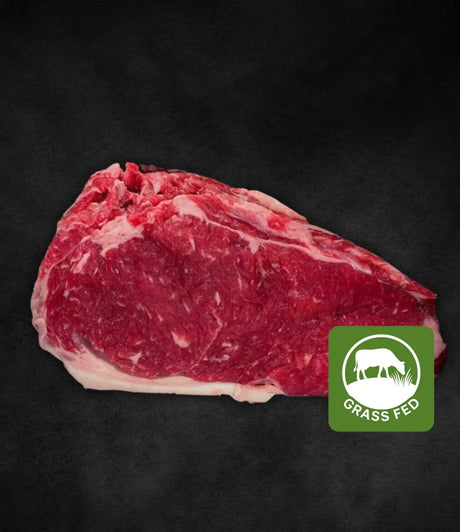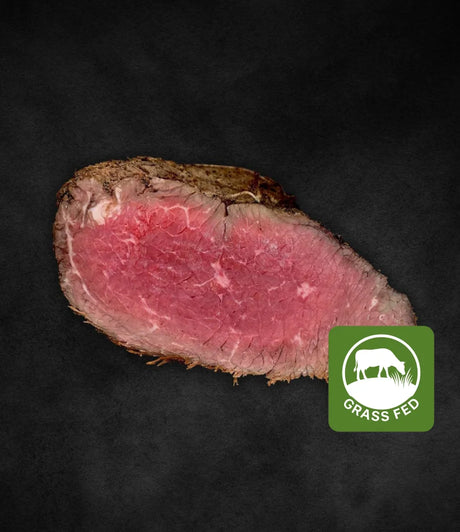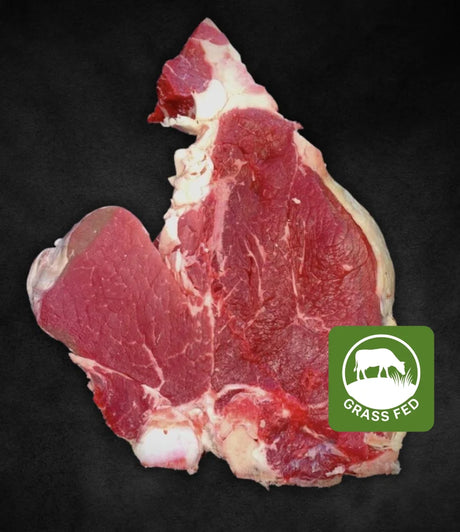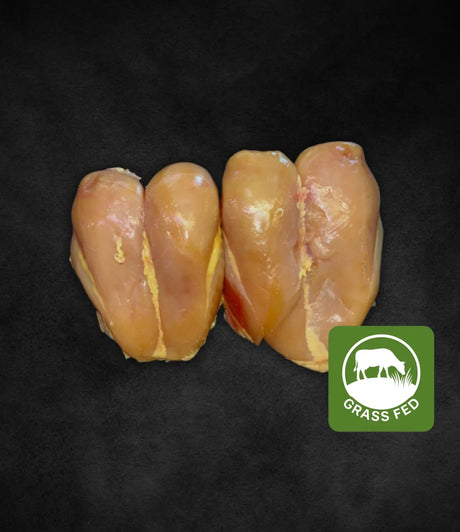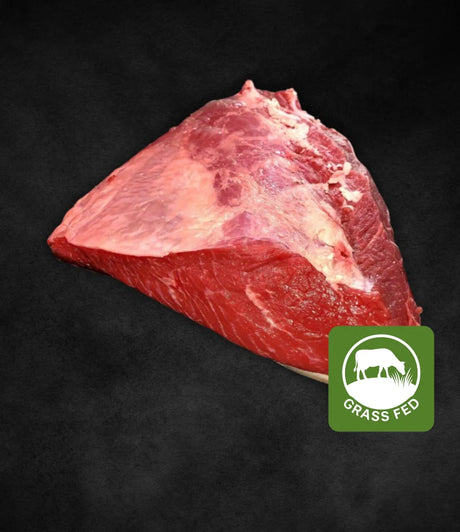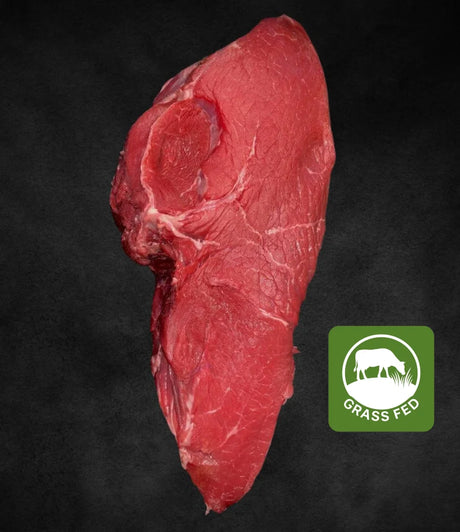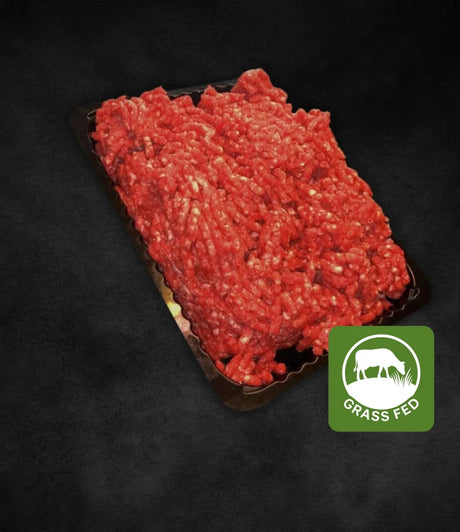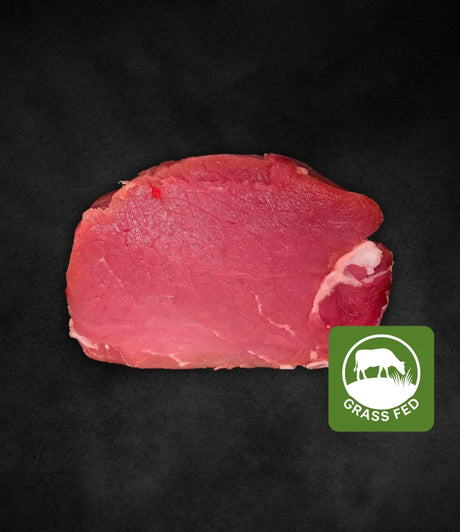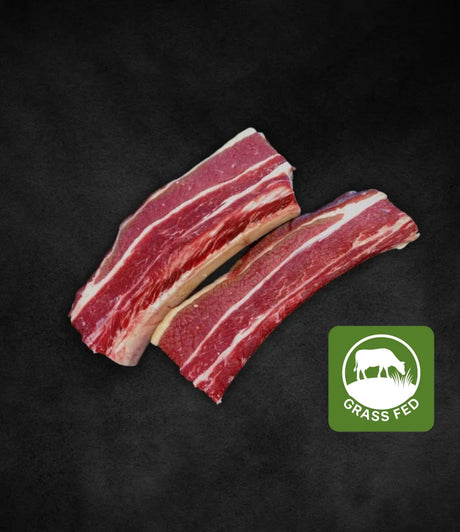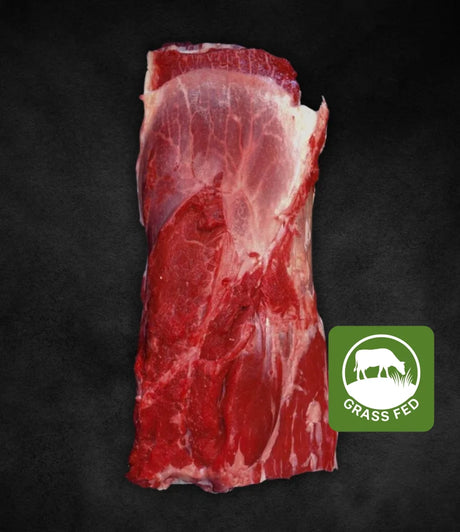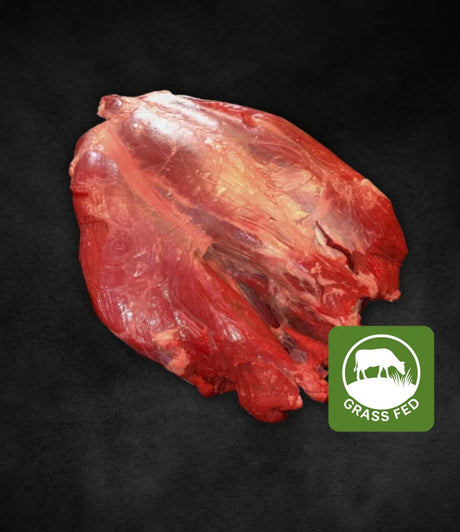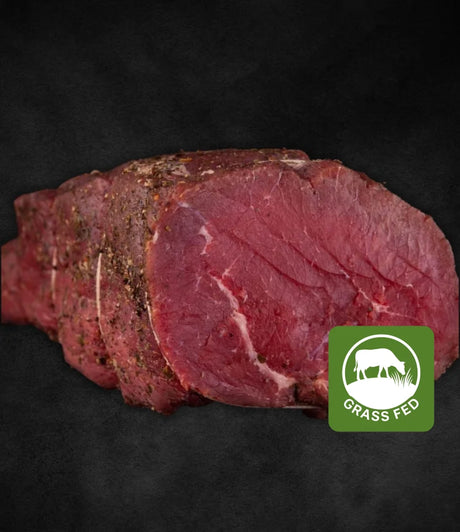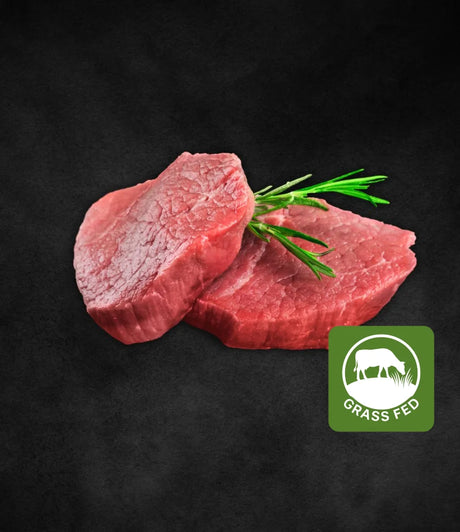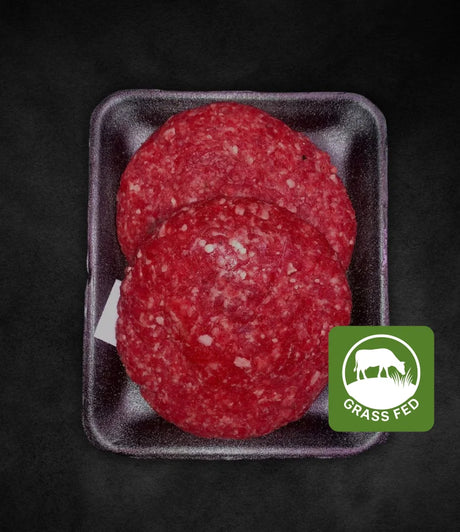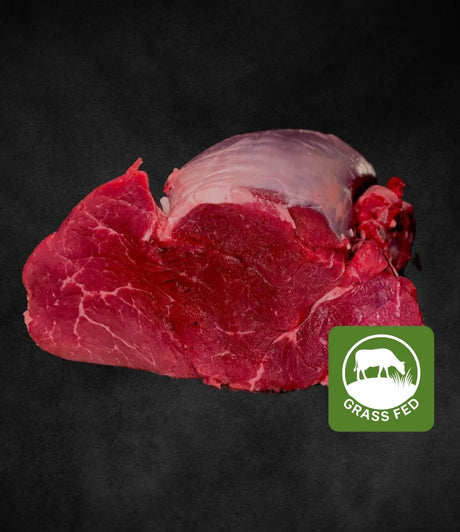The History of Swiss Beef and the Hamburger: Two Symbols of Meat
When you think of meat, two terms often come to mind: beef swiss and hamburger . These two dishes are ingrained in international culinary culture, but their origins, while similar, have distinct historical paths. In this blog, we’ll explore the fascinating stories behind beef swiss and hamburger, two preparations that have conquered palates around the world.
Origins of Swiss Beef
Despite its name, beef swiss has nothing to do with Switzerland, as many might believe. In reality, it is an Italian recipe and the term "swiss" refers to the technique of preparing the meat, which is pounded and thinned, similar to a Milanese steak or a cutlet.
This preparation technique was especially popular in central and northern Italy, where beef was available and used frequently. The term "svizzera" seems to have been associated with the battered meat due to the influence of Swiss butchers who, in the 19th century, were known for their meat processing techniques. However, this is only one of many theories. The other common name, "hamburger italiano", instead recalls the international influence in the creation of a dish similar to what we now associate with the modern hamburger.
The Birth of the Hamburger
The hamburger is probably one of the most iconic dishes in American culture, but its roots lie in 19th-century Europe. To understand the origins of the hamburger, we must travel to the city of Hamburg, Germany. In this international port, sailors and traders used to eat pressed ground meat, known as "Hamburg steak." This dish, which spread to ports around the world, arrived in the United States during the great wave of European immigration.
In the late 19th century, German immigrants brought this culinary tradition with them, but the final transformation into the hamburger, with the addition of bread, occurred in America. The hamburger we know today, a patty of ground meat served in a soft bun, began to be served in the early 20th century at fairs and markets.
There are several theories about who actually "invented" the modern hamburger. Some food historians credit Charlie Nagreen, who began selling beef patties sandwiched between two slices of bread at a Wisconsin fair in 1885. Others say the Menches brothers or restaurateur Louis Lassen were the first to serve the hamburger in the United States.
The Global Expansion of the Hamburger
Over time, the hamburger became a symbol of convenience and speed. The real boom occurred in the 1950s and 1960s with the advent of fast food chains like McDonald's and Burger King, which made the hamburger an international meal. Today, hamburgers are prepared in countless variations, with each country adding its own local interpretations to the dish.
Swiss Beef and Hamburger: Not So Distant Brothers
Although the beef swiss and the hamburger are separate dishes in origin and tradition, they share the simplicity and centrality of ground beef as the main ingredient. Both dishes celebrate the essence of meat, albeit with different cooking methods. While the beef swiss tends to be associated with more traditional and home-cooked meals, the hamburger has become a symbol of modernity, globalization and fast food culture.
The Rediscovery of Traditional Dishes
Today, despite the dominance of fast food, many chefs are rediscovering and reinterpreting traditional dishes such as beef swiss, serving it in gourmet versions, often accompanied by local and artisanal ingredients. The hamburger has also undergone a gourmet "renaissance", with premium versions using high-quality meat and special condiments.
In short, the Swiss beef and the hamburger represent two sides of the same coin: the love for meat in different forms. One more linked to tradition and home cooking, the other a symbol of modernity and adaptation to contemporary needs. But both continue to be loved by millions of people around the world.
---------------------------------------------------------------------------------------


